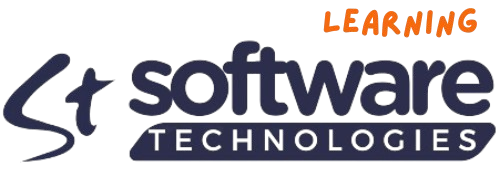Programming can seem daunting at first, but it’s a skill that can be learned by anyone with curiosity and a willingness to experiment. This tutorial will guide you through the basics of starting your programming journey.
Step 1: Choose a Programming Language Start with a language that is known for being beginner-friendly. Python is a popular choice because of its readability and wide range of applications. Other options include JavaScript for web development and Java for its use in a variety of applications.
Step 2: Set Up Your Development Environment For most languages, you’ll need an Integrated Development Environment (IDE) or a code editor to write your code. For beginners, IDEs like PyCharm for Python or Visual Studio Code, which supports multiple languages, are great choices. Download and install your chosen IDE.
Step 3: Learn the Basics Get familiar with the core concepts of programming:
- Variables and data types
- Operators
- Control structures (if statements, loops)
- Functions
- Basic Input/Output
There are numerous online resources, like Codecademy, freeCodeCamp, or Khan Academy, that can help you grasp these fundamentals through interactive lessons.
Step 4: Write Your First Program A ‘Hello, World!’ program is a time-honored tradition as the first program you write in a new language. It’s a simple way to ensure your development environment is set up correctly and to experience writing and running a program for the first time.
Step 5: Practice Regularly Like learning a musical instrument, the key to becoming proficient at programming is consistent practice. Set aside regular time to code, experiment with small projects, and gradually challenge yourself with more complex tasks.
Step 6: Use Online Resources Utilize online forums like Stack Overflow, GitHub, and programming subreddits to get help and find code examples. Follow programming blogs, join coding communities, and watch tutorials on YouTube to broaden your learning.
Step 7: Build Projects Once you’re comfortable with the basics, start working on small projects. This can be anything from a simple calculator to a basic web page. Building projects will help you understand how the concepts you’ve learned fit together.
Step 8: Learn Debugging Debugging is an essential skill for any programmer. Learn to read error messages, use debugging tools, and troubleshoot your code.
Step 9: Keep Learning Programming is a field that’s constantly evolving. Once you have a good grasp of one language, you might want to explore others or delve deeper into advanced topics like algorithms, data structures, or software design patterns.
Conclusion Starting to program is just the beginning of a lifelong journey of learning. Be patient with yourself, and don’t get discouraged by challenges. With time and practice, you’ll find that you’re able to create increasingly complex and rewarding projects. Happy coding!


One response to “Tutorial: Starting Your Programming Journey!”
Hi,
To get started with any programming language. That’s all anyone needs. Wonderful Article.